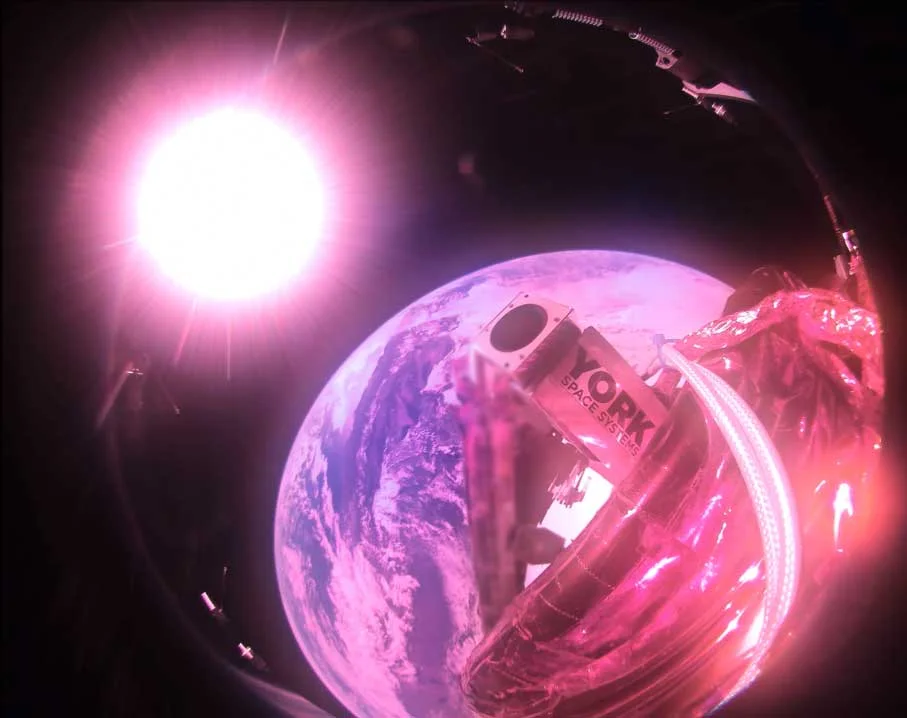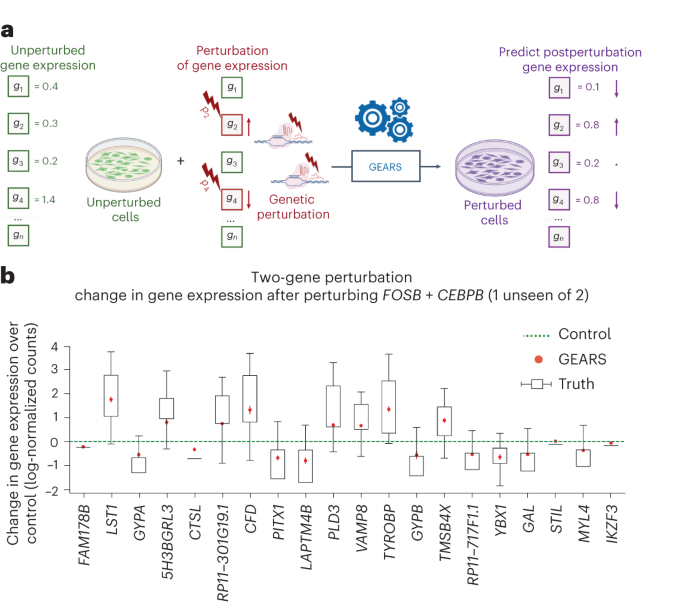In his seminal 1949 book A Sand County Almanac, American naturalist Aldo Leopold warned of the perils of cheatgrass—a tall and hairy invasive plant that originated in Europe and Asia. Today cheatgrass outcompetes native species across large swaths of the western U.S., displacing sagebrush steppe grasses and threatening grain and cattle farms. But a new study shows cheatgrass also seems oddly and particularly drawn to the bright lights of city life—a rare twist for researchers who usually tackle such invaders in fields and forests, not back alleyways and boulevards.Cheatgrass does not simply crowd out native species. It is an annual plant, meaning it dies off in the late spring just in time to provide a glut of dry, dead fuel for wildfire seasons that stretch from summer into fall. When fires roll through year after year, perennial native grasses cannot grow back fast enough to keep up, says Stephen Novak, a plant ecologist at Boise State University. “They don’t have a chance,” Novak says. “The fire regime occurs faster than the life cycle of the plant.” Cheatgrass disperses its seeds easily, and these seeds can hide dormant in the soil for a long time. This helps the plant, which is also known as downy broome, to do very well in its nonnative range.And according to a new study led by University of Denver ecologist Shannon Murphy, urban infrastructure might boost cheatgrass’s spread. Murphy and her colleagues found that in alleyways throughout Denver, cheatgrass is three times more likely to grow around streetlights than in sites without them—and it seems to derive a bigger benefit from streetlights than other plants do. Denver and many other major metropolitan areas are at the heart of cheatgrass’s geographical spread, and human activity no doubt plays a role in its reach. But exactly how features such as streetlights affect the plant’s dominance is unclear, Murphy says. “We’re the first to study that,” she adds. “It hasn’t really been investigated.”Murphy says she was walking her dog through some Denver alleyways when she noticed clumps of cheatgrass growing in cracks in the pavement around light poles. As part of an investigation into how moths interact with small patches of prairie scattered through the city’s empty lots and medians, Murphy and her team had grown some of those wild plants in the lab, and she had been surprised to note that cheatgrass “grows enormously” under artificial lighting in a greenhouse setting while native plants such as western wheatgrass do not receive a similar boost. So she wondered if something similar might be happening with the plants she had seen on her walks and set out to investigate with several collaborators.Those collaborators were a team of middle school girls who helped conduct the study as part of a summer STEM (science, technology, engineering and mathematics) camp. With Murphy’s guidance, they pounded the pavement of 54 alleyways in southern Denver to chart where cheatgrass was or was not growing. They looked at three types of locations: around streetlight poles, around poles without lights and in freestanding patches of plant growth. The researchers tallied cheatgrass and other common plants, including dandelions and an herbaceous weed called purslane. They found that about 75 percent of street-lit sites had cheatgrass present, and the plant was three times more common at these illuminated sites than in areas without lights. The new work was detailed this summer in Ecology and Evolution.The results are stark. But Novak, who was not involved with the study, cautions that “correlation is not causation.” He is curious about what physiological responses within the cheatgrass plants themselves might cause them to grow explosively around the lights, while many other plants can barely hold their own. Murphy has the same question, and she is now working with plant physiologists to illuminate biological processes that might be behind the difference.Murphy and her co-authors write that human-made aspects of the urban environment need to be considered in managing cheatgrass and other invasive species. In fact, human actions are the reason cheatgrass became such a problem in the first place, Novak says, pointing to the story of how it got its name. In the 19th and 20th centuries, “unscrupulous grain merchants would cut their wheat seed with cheatgrass seed,” he explains. Unaware of the deception, farmers planted the seeds. “When they first germinate, it’s hard to tell the difference,” Novak says. “But when they flower, then you realize ‘Oh my goodness—I’ve been cheated.’”
ABOUT THE AUTHOR(S)
Tess Joosse is an Editorial Fellow at Scientific American. She earned a master’s degree in science communication from the University of California, Santa Cruz.
Note: This article have been indexed to our site. We do not claim legitimacy, ownership or copyright of any of the content above. To see the article at original source Click Here












